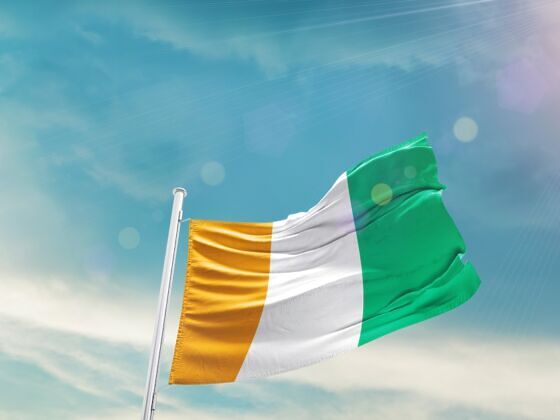The Zaouli mask dance is an ancient ritual dance that has been performed by the Guro people of Cote d’Ivoire, West Africa for centuries. It’s a complex and mesmerizing form of masked performance art that tells the story of how men and women were created. It is also a way to bring people together in celebration, healing, and connection with their cultural heritage.


Inside the Traditional Ivory Coast Dance That's Known as "the World's Most Impossible Dance"
@matadornetwork The Guro people of central #IvoryCoast perform a traditional dance known as the #Zaouli mask dance, which is also referred to colloquially as "the most impossible dance in the world." This traditional #Africandance is characterized by energetic moves, colorful masks, and lively music. The masks are said to bring peace, joy and protection. Share this with someone who needs to see this! 🎥 @Jason Wang 📍Bouafle, Côte d’Ivoire 🇨🇮 #traveltok #visitafrica #culturaldance ♬ original sound – Matador Network
The Zaouli mask dance has its roots in the Mossi people from the Upper Volta region, which is now known as Burkina Faso. This ancient tribal dance is believed to be more than 200 years old, and was traditionally performed for kings and chiefs at important ceremonies like weddings or funerals. Today, it’s still part of many festivities celebrated by the Mossi people and other tribes throughout West Africa.
The Zaouli mask dance involves three main characters: Mawu (the creator), Kponhinkon (the trickster), and Goli (the jester). The masks represent these characters, as well as other mythological figures from Guro culture such as the python spirit. The performers wear elaborate costumes and body paint to further enhance the effect of their characters. As they move around the stage, they act out various scenes from Guro mythology which are accompanied by drums and singing. The audience watches in awe as the performers create an unforgettable experience for all who attend.
The centerpiece of every performance is an intricately-carved wooden mask with exaggerated features—often featuring horns or feathers—that symbolizes power and strength. Up to twelve masked dancers will circle around the mask-bearer while chanting lyrics that tell stories about local legends or historical events related to their tribe or nation. The dancers are accompanied by musicians playing drums and other traditional instruments that create a rhythm that sets the tone for each performance.
At its core, the Zaouli mask dance serves to give thanks to Mawu for creating humans and show respect for her power over life and death. It also serves as a reminder of our shared humanity, as each character represents different aspects of human nature that we can all relate to in some way or another. It also serves as a way to bridge gaps between generations within Guro society—it brings people together across age groups in celebration and understanding of their culture’s history and traditions.